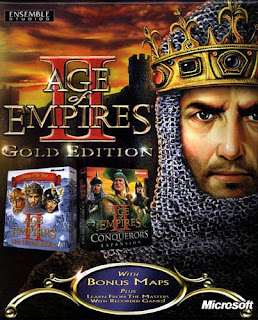

Thus, an immunological intervention that will be active across the spectrum of potential pandemic subtypes and clades remains an elusive goal for influenza prophylaxis and therapy. Pre-pandemic vaccination has been put forward as a strategy to ameliorate the spread of virus and severity of disease, however all vaccines have the limitation that they protect at best against strains from the same subtype. However the use of oseltamivir in the treatment of H5N1 infections has been associated with the generation of resistant viruses, and a sharp increase in the isolation of human H1N1 strains resistant to oseltamivir was recorded in 2008 indicating that other preventative measures are required. Broad spectrum antivirals, such as the neuraminidase inhibitor oseltamivir, have been stockpiled as a first line defence against rapidly spreading HPAI strains. Preparedness to confront an influenza pandemic is still a major public health issue. In addition other avian influenza viruses including H2, H6, H7 and H9 subtypes have been reported to either have caused human cases or shown potential to do so, and are also recognised as potential pandemic threats –. Cumulatively 385 cases have been reported with an overall mortality of 63%.

The most serious pandemic threat in recent times has been posed by the highly pathogenic avian influenza virus (HPAI) H5N1 which emerged in South-East Asia in 1997. Pandemics return periodically and a new pandemic is now overdue. Influenza pandemics have historically been associated with high levels of morbidity and mortality. PA and IL are employees of Algonomics NV. and JG are employees of Crucell Holland BV. The funders had no role in study design, data collection and analysis, decision to publish, or preparation of the manuscript.Ĭompeting interests: MT., EvdB, MJ, AB, FC, ED, JtM., JdK. LLMP, YG and JSMP are supported by an Area of Excellence Scheme of the University Grants Committee, Hong Kong (Grant AoE/M-12/06). This is an open-access article distributed under the terms of the Creative Commons Attribution License, which permits unrestricted use, distribution, and reproduction in any medium, provided the original author and source are credited.įunding: This work was supported through grant IS055026 from SenterNovem. Received: SeptemAccepted: NovemPublished: December 16, 2008Ĭopyright: © 2008 Throsby et al. PLoS ONE 3(12):Įditor: Derya Unutmaz, New York University School of Medicine, United States of America (2008) Heterosubtypic Neutralizing Monoclonal Antibodies Cross-Protective against H5N1 and H1N1 Recovered from Human IgM + Memory B Cells.

Citation: Throsby M, van den Brink E, Jongeneelen M, Poon LLM, Alard P, Cornelissen L, et al.


 0 kommentar(er)
0 kommentar(er)
